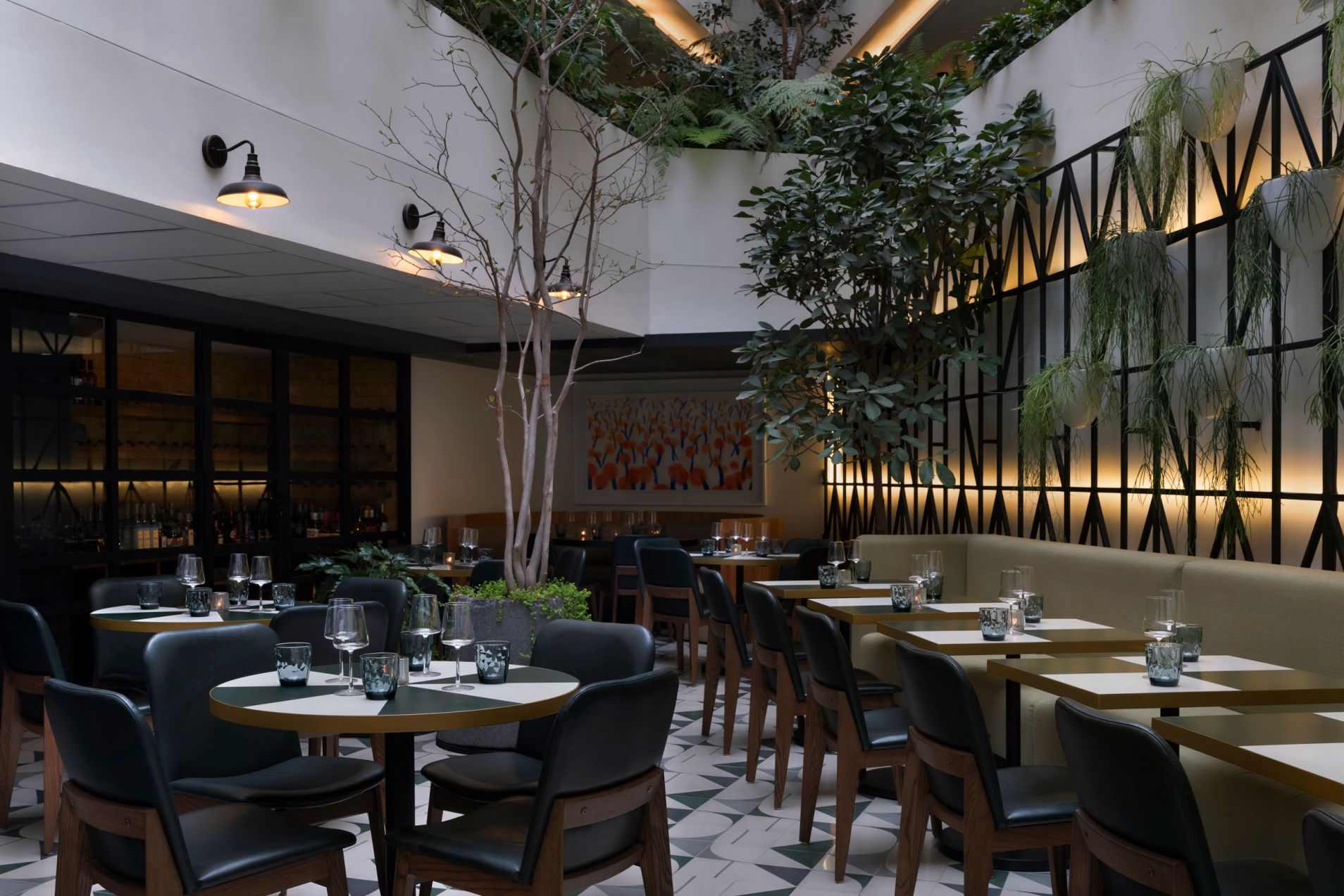A guide to the best-loved restaurants Lockhart for a remarkable meal.
A guide to the best-loved restaurants Lockhart for a remarkable meal.
Blog Article
Why Dining at Regional Dining Establishments Sustains Your Area and Delights Your Palate
Dining at regional restaurants supplies even more than just a dish; it serves as a vital component in nurturing community vitality and economic resilience. What might this indicate for the future of neighborhood eating and neighborhood link?
Financial Influence of Local Dining

The financial effect of regional eating expands far past the restaurant itself, affecting a wide variety of markets within the community. Local restaurants play a pivotal duty in promoting economic development by creating work, supporting regional vendors, and adding to metropolitan revenues. When consumers select to dine at regional establishments, they assist receive work for chefs, web servers, and maintenance team, hence boosting the neighborhood task market.
Moreover, neighborhood dining establishments frequently source ingredients from close-by farms and producers, cultivating a durable supply chain that benefits numerous agricultural markets. This technique not just supports neighborhood economic situations yet also encourages lasting farming practices. Furthermore, the sales tax obligation created from these restaurants adds to crucial public solutions, such as education and framework, which further boosts neighborhood high quality of life.
In addition, neighborhood dining establishments frequently promote a sense of area, bring in residents and visitors alike, which can bring about enhanced foot traffic in bordering organizations. This interconnectivity among regional enterprises enhances economic durability, producing a lively and sustainable neighborhood environment. Basically, the support of neighborhood dining is an investment in the broader financial health of the area, advertising development and sustainability for future generations.
Distinct Cooking Experiences

Furthermore, lots of neighborhood establishments accept farm-to-table methods, highlighting the relevance of seasonal produce. Restaurants can enjoy the quality of components sourced from neighboring ranches, which not only boosts taste but likewise fosters a connection to the regional landscape. This commitment to quality and area establishes the stage for distinctive cooking experiences that are frequently missing in chain dining establishments.
Additionally, neighborhood cooks frequently experiment with combination food, blending varied cooking practices to develop exciting new meals. Such development not only entices the taste buds however likewise motivates adventurous dining, welcoming customers to expand their culinary horizons. Involving with local dining establishments permits diners to take pleasure in dishes that are not simply regarding food, however regarding the virtuosity and enthusiasm that define the culinary globe, making every eating experience really unique and fascinating.
Strengthening Neighborhood Bonds
Dining at local restaurants plays a pivotal duty in reinforcing community bonds by promoting links amongst locals. These establishments serve as essential gathering areas where people can engage in purposeful discussions, share a knockout post experiences, and develop my blog enduring memories. As patrons frequent the same local spots, they cultivate a sense of experience and sociability, enhancing social ties within the neighborhood.
Moreover, regional restaurants often reflect the unique social material of their areas, showcasing local customs and culinary heritage. This celebration of local culture not just boosts community identification but likewise motivates locals to take satisfaction in their surroundings. By taking part in the regional dining scene, people add to a common story that binds them with each other.
Community occasions hosted at restaurants, such as open mic nights, charity events, or food festivals, better enhance these links. They give opportunities for cooperation and engagement among diverse groups, fostering inclusivity and understanding. As citizens collect to sustain neighborhood organizations, they concurrently sustain each other, developing an interconnected network that reinforces the area's resilience.
Basically, dining at regional dining establishments is not merely about food; it is an enriching experience that strengthens neighborhood bonds and grows a dynamic, united local society.
Supporting Regional Farmers and Producers

This technique reduces transportation costs and discharges, promoting ecological sustainability while likewise boosting the taste and top quality of the recipes offered. Seasonal food selections, which highlight neighborhood fruit and vegetables, permit dining establishments to supply unique culinary experiences that reflect the region's agricultural bounty.
Moreover, supporting local farmers helps preserve traditional farming methods and motivates biodiversity. It empowers small-scale producers, enabling them to flourish in a progressively industrialized food system. As regional restaurants choose to partner with these farmers, they aid keep a vivid farming neighborhood, guaranteeing that local food systems remain resistant.
Essentially, eating at regional restaurants is not simply about delighting in a meal; it is a financial investment in the neighborhood economic climate and an affirmation of sustainable practices. By picking regional, diners play a vital role in supporting their you can look here areas and supporting the dedicated people that cultivate their food.
Maintaining Neighborhood Society and Heritage
Rooted in the traditions of their areas, regional restaurants act as crucial custodians of cultural heritage. By showcasing regional active ingredients and standard cooking methods, these facilities protect the distinct tastes and cooking methods that specify regional identity. Each dish narrates, showing historical impacts and cultural stories that have shaped the community over generations.
In addition, regional restaurants often promote time-honored dishes passed down via family members, guaranteeing that distinct social techniques remain active. This not just informs customers about the area's heritage but likewise cultivates a sense of satisfaction and belonging among homeowners. The ambience, decor, and even music in these facilities often resemble the local society, providing an alternative experience that transcends mere eating.
Additionally, local dining establishments add to the conservation of language and dialects, as menus and discussions commonly include local vernacular. By joining area occasions and parties, these restaurants strengthen social bonds and promote cultural exchange. Basically, dining at regional dining establishments is not simply a cooking experience; it is an opportunity to engage with and support the rich tapestry of local culture and heritage, ensuring its continuity for future generations.
Conclusion

Report this page